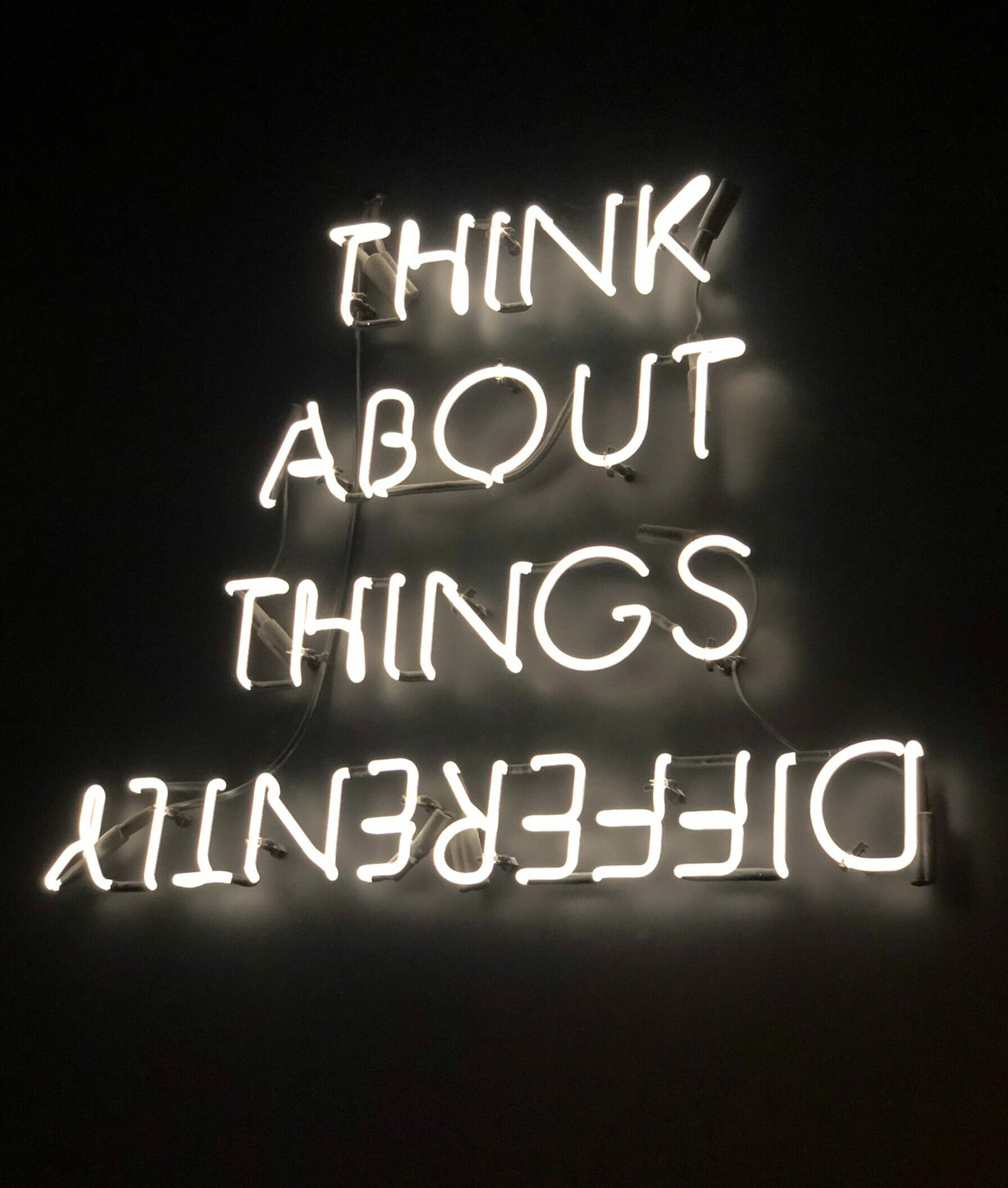In creating a learning resource one key goal is to see that all learners meet the learning outcomes. To achieve this, a wide range of abilities has to be considered in the design of the resource. Resulting from designing inclusive courses one’s barriers and challenges should prove a very minimal interference in learning.
One sign of an inclusive course can be seeing learners of differing abilities in the same environment. This has shown positive effects for all learners within the environment. Support provided to those with disabilities ends up also supporting those without. Further, the group becomes better at communication, improves their social skills, and fewer behavioral outbursts are seen (Lathan, n.d.).
In pod 1’s Learning Design Blueprint the planned assignments are misconception checks, summarization tasks, quizzes, and a final project. The array of assignments incorporates methods within both the behaviorist and cognitivist approaches to learning. Each task to complete offers a different way for the students to look at the material. The variety of methods is to be inclusive of the ways in which people of differing abilities learn.
Barriers that may be faced in completing these tasks include writing skills, reading skills, and social skills. To overcome these barriers we will include universal design principles (UDPs) and make adjustments based on the demographic (MGH Institute Of Health Professions, 2021). UDPs include a focus on how students ‘express’ what they have learned. Here recommendations for assessment tasks are made, including using a variety of methods (class discussions, clicker questions, short written assignments, group projects, quizzes, and ungraded practice opportunities) (MGH Institute of Health Professions, 2021). The class discussions conducted will provide a way to incorporate participatory learning. Misconception checks will be ungraded and presented as Iclicker questions. Summative assessments will be short answer questions, quizzes will test on comprehension of 2 units, and a policy development project will be a group project. As many people learn best in different ways, by interacting with content, with other students, or with the teacher, having many modes of testing will hopefully test everyone appropriately at least once. In this way, there may be equal opportunity. Further, to overcome barriers a survey is to be sent out to gain an understanding of the class’s learning abilities. From these results, the tasks to be completed may be adjusted (some used more than others, etc.) and supports may be put in place where necessary. For example, a tutor may help a student with a certain material or an extended period of time to complete the work allotted.
References
Lathan, J. (n.d.). 4 Proven Inclusive Education Strategies for Educators (Plus 6 Helpful Resources). In onlinedegrees.sanidego. Retrieved from https://onlinedegrees.sandiego.edu/inclusive-education-strategies/
MGH Institute Of Health Professions. (2021). Meeting Diverse Learning Needs. In mghihp. Retrieved from https://www.mghihp.edu/faculty-staff-faculty-compass-teaching/inclusive-teaching-approach-meeting-diverse-learning-needs
